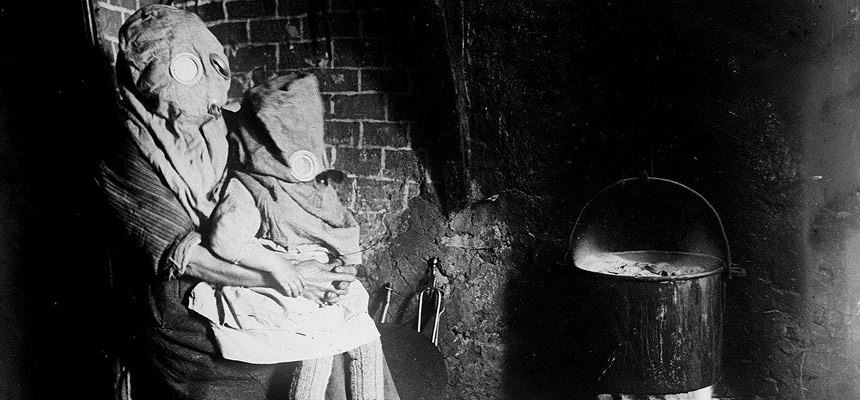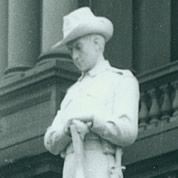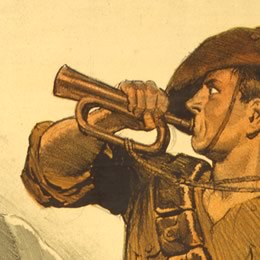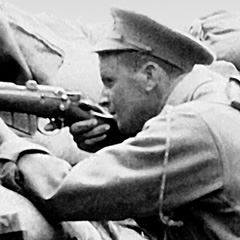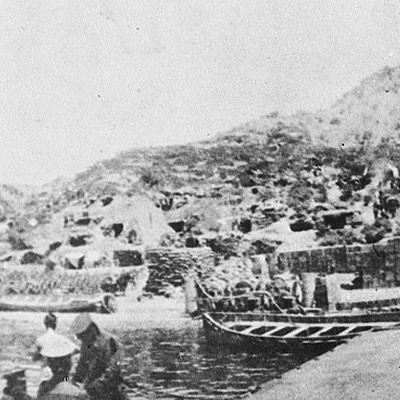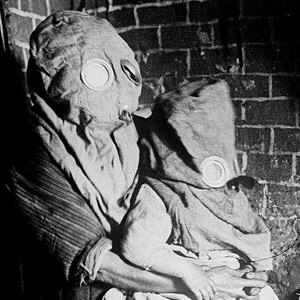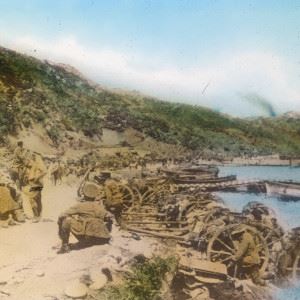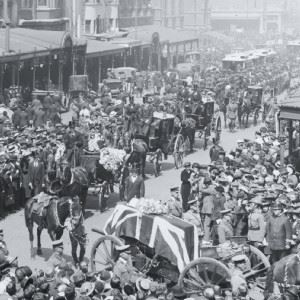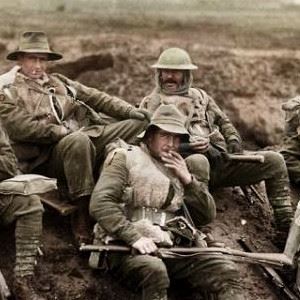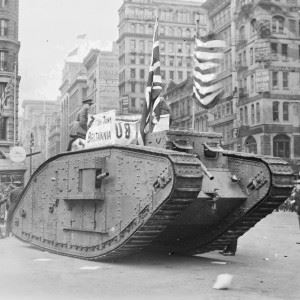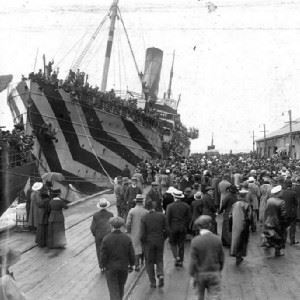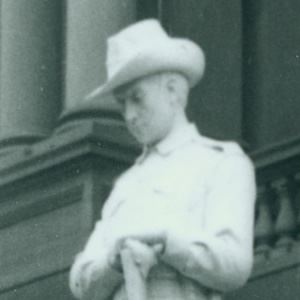The Home Front
BHP Steelworks opened in Newcastle in 1915. Steel from BHP provided the bulk of NSW’s contribution to the war effort; much of it was sent to Western Europe for rail building or munitions. The war brought a steel boom to Newcastle and by 1918 the plant’s capacity had doubled.
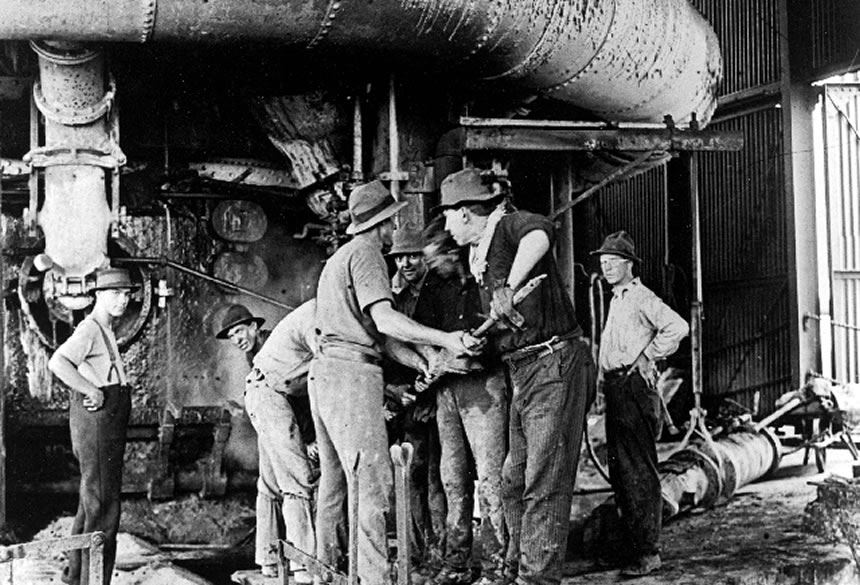 The first tap of BHP blast furnace. 1915
The first tap of BHP blast furnace. 1915
Image courtesy of BHP archives
Eastern Front
On the Eastern Front, Germany and Austro-Hungary inflicted costly defeats on Russia. In what became known as the ‘Great Retreat’, Russian troops sacrificed territory in strategic withdrawals. Hundreds of thousands of Russian soldiers surrendered. As it retreated, the Russian Army destroyed crops, animals, bridges and buildings, causing mass displacement and starvation of local populations.
Poison Gas
Poison gas was first used on the Western Front in April 1915. The German attack killed 5,000 French and Algerian troops within the first ten minutes. Britain’s first use of poison gas in September 1915 was a disaster when the wind blew the gas back over their own troops and caused over 2,000 casualties. Gas was also used with deadly consequences on the Eastern Front. Of all nations Russia suffered the greatest death toll with over 50,000 fatalities from gas attacks.
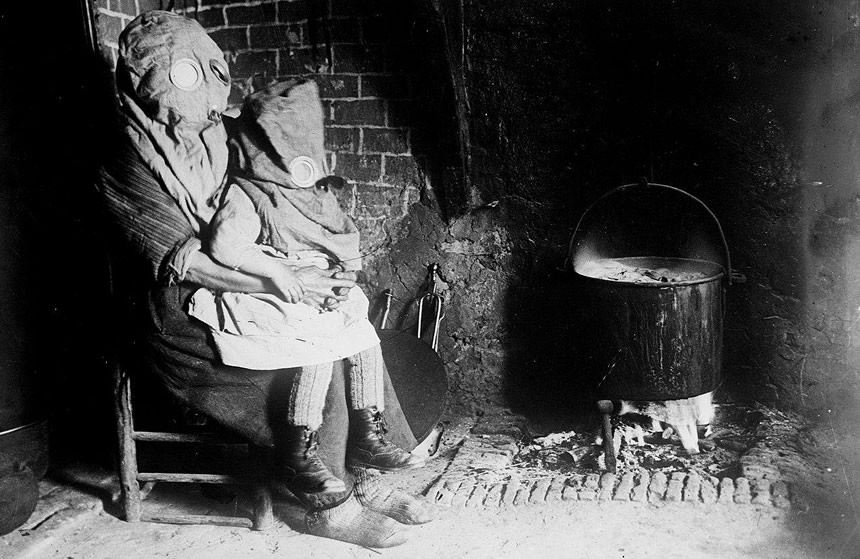 Mother and child wear gas mask at home in Britain.
Mother and child wear gas mask at home in Britain.
Image courtesy of Gallica, The National Library of France
The Armenia Massacre
As the Allies were landing at Gallipoli in April 1915, the Ottoman government began a programme of persecution of its Armenian population. At least 600,000 Armenians were killed in state-ordered deportations to Syria and Iraq. By 1916, Turkey’s Armenian population had vanished.

